Eight
HOMES OF AUSTIN
Log cabins and clapboard houses gave way to beautiful homes, suitable for the capital city.
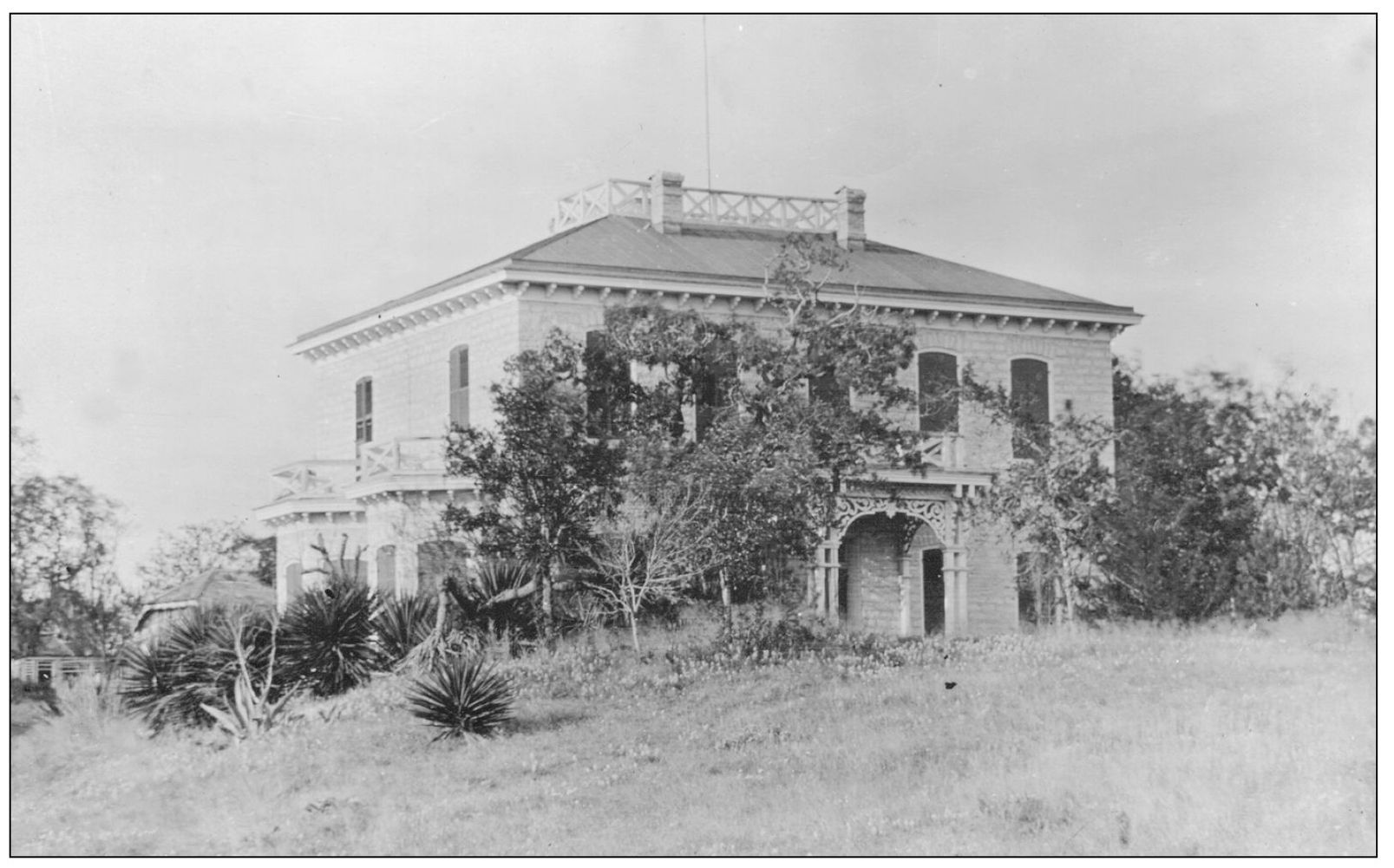
The Rudolph Bertram home in east Austin was built in the late 1800s. Bertram’s Store, at 16th and Guadalupe, was the stage-stop for travelers heading north. The store wagon yard provided overnight “parking” for those out-of-town families, since the trip to Austin to go shopping took two days. This beautiful rock home is now a part of Rosewood Park. (Courtesy Cynthia Trenckmann.)
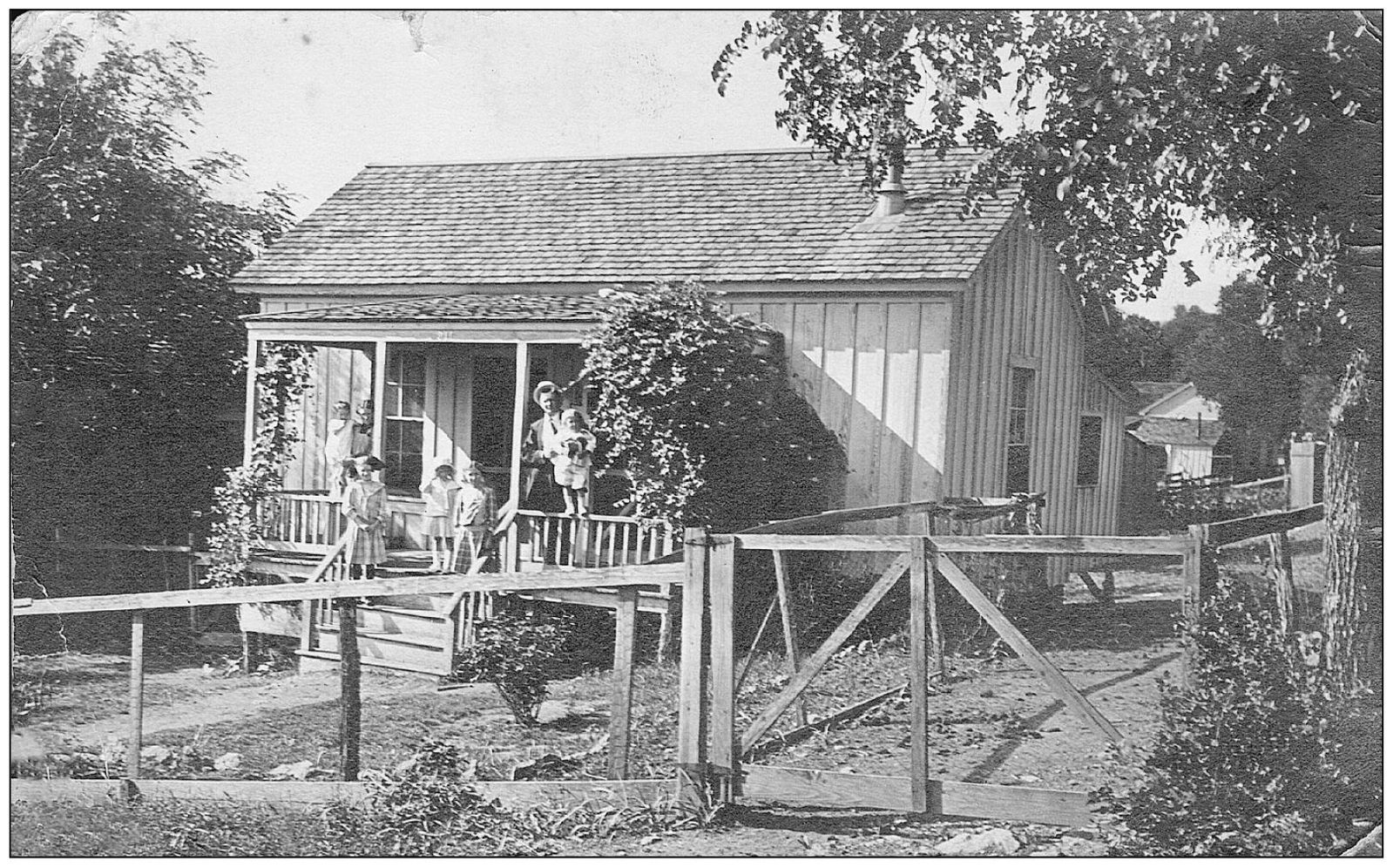
The 19th century home of Charles P. Luck was located at 11th Street and Baylor in west Austin.
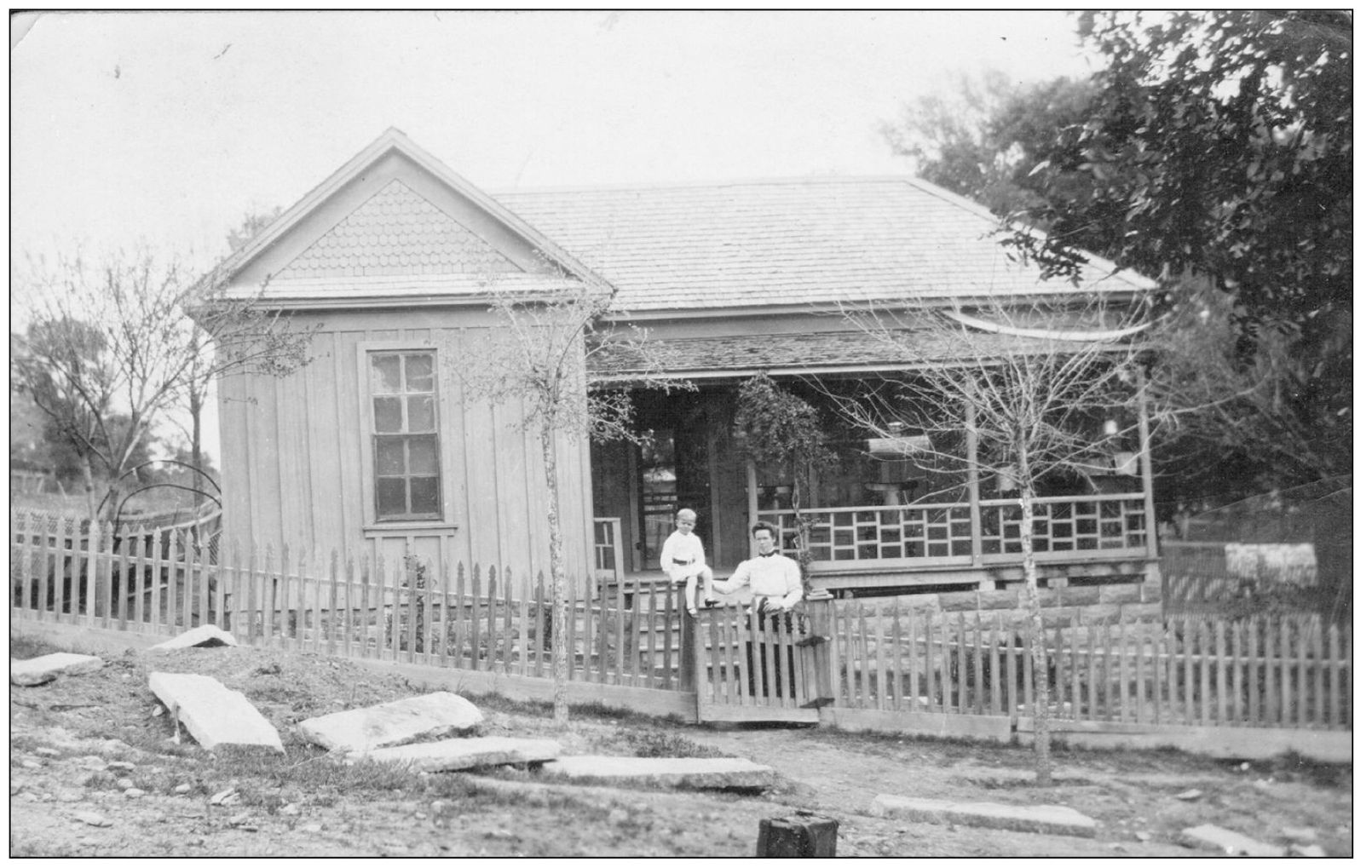
This 19th century home was typical of those houses being built in the hilly area of Austin, especially above Shoal Creek.
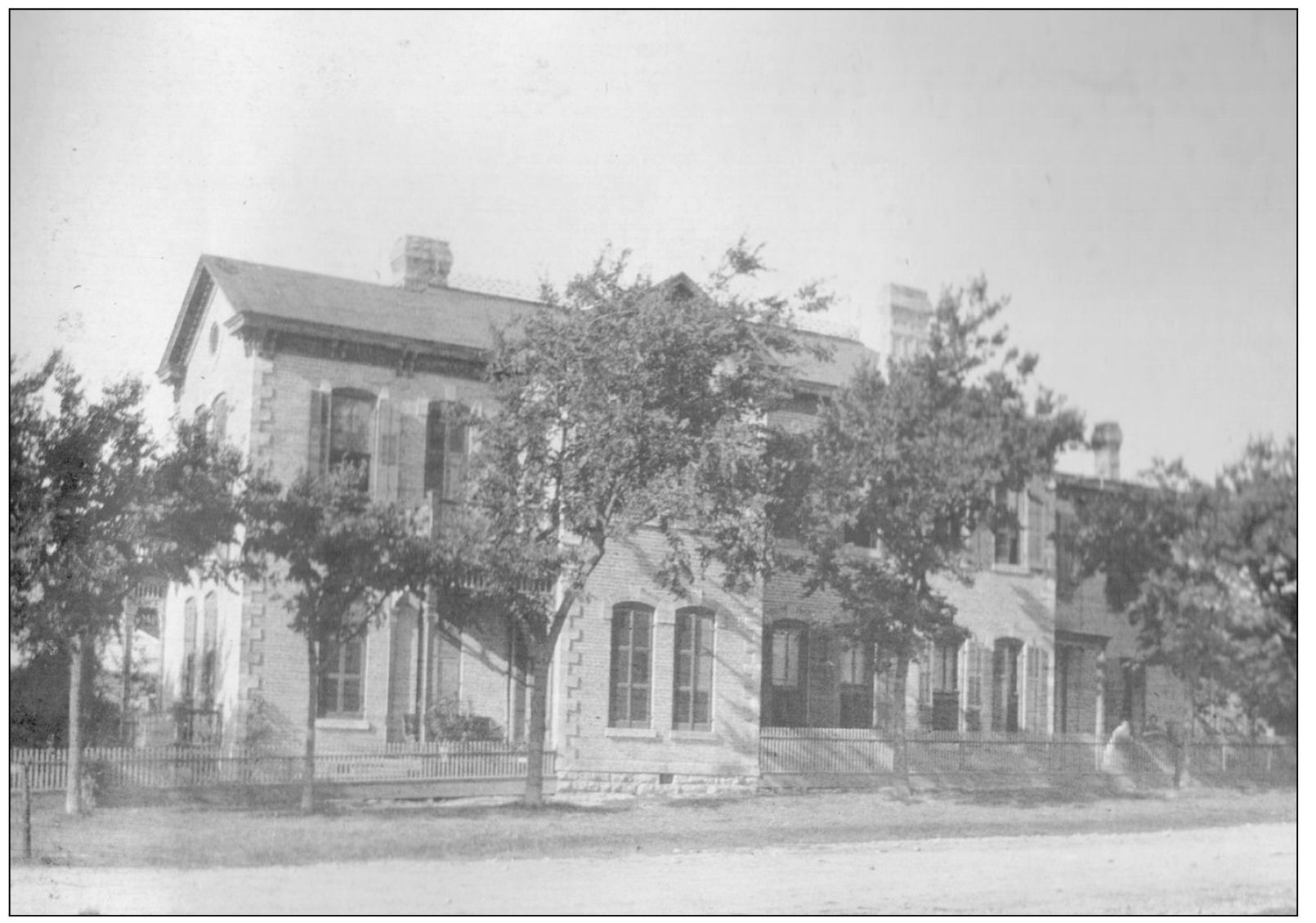
Francis R. Lubbock was lieutenant governor of Texas from 1857 until 1859, and governor from 1861 through 1863. When he left office, he put on the Confederate uniform and served as an aide to Jefferson Davis. His home was located at 1412 Congress Avenue. With two stories and long shuttered windows that opened onto balconies or porches, it was very typical of its time. Lubbock is buried in the state cemetery. (Courtesy Lel Hawkins.)
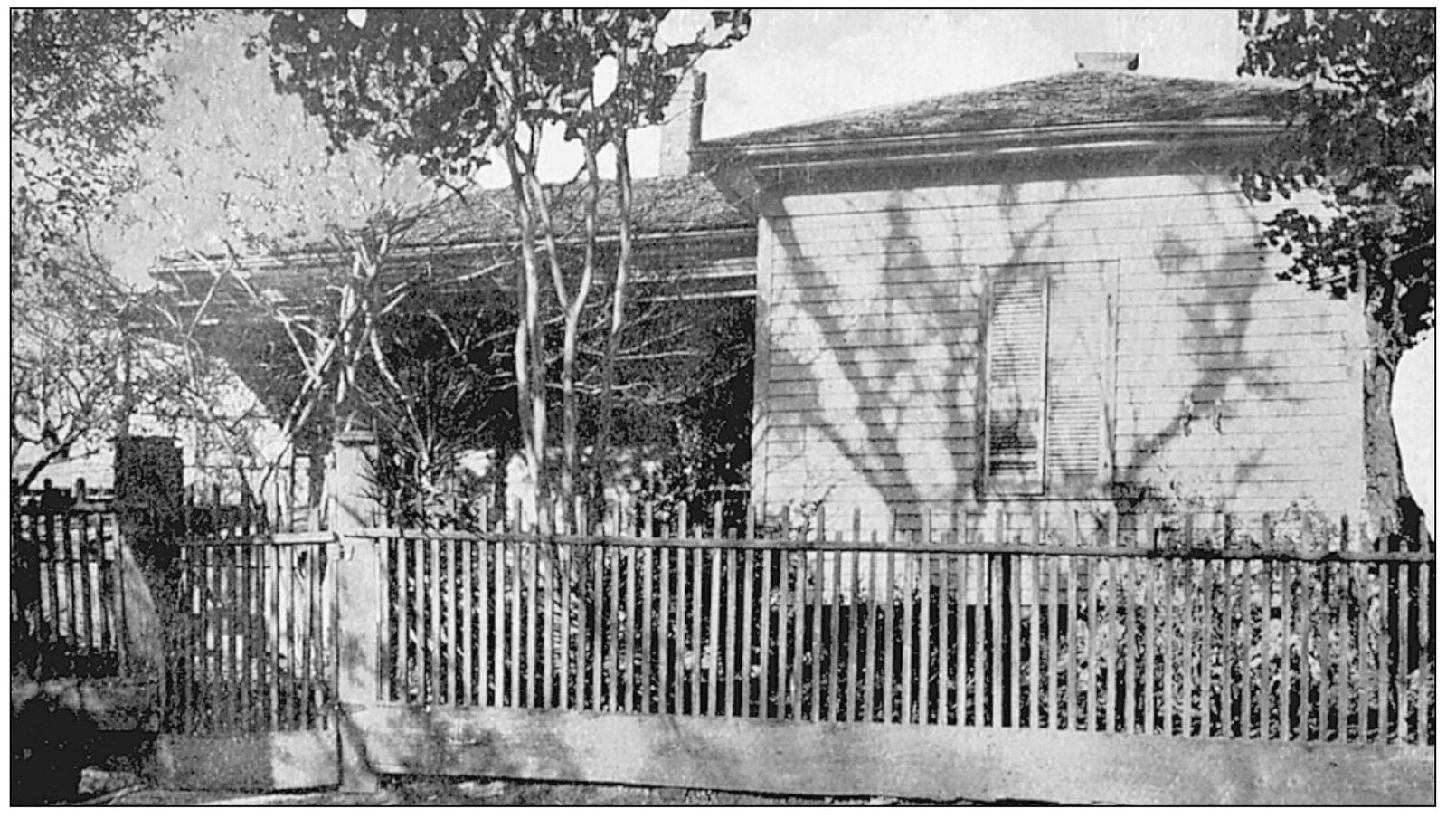
This was the Austin home of writer William Sidney Porter, a.k.a. O. Henry. On July 5, 1887, he married Athol Estes and did much of his writing in this house. The home is now a museum. (Courtesy Mary Hodge.)
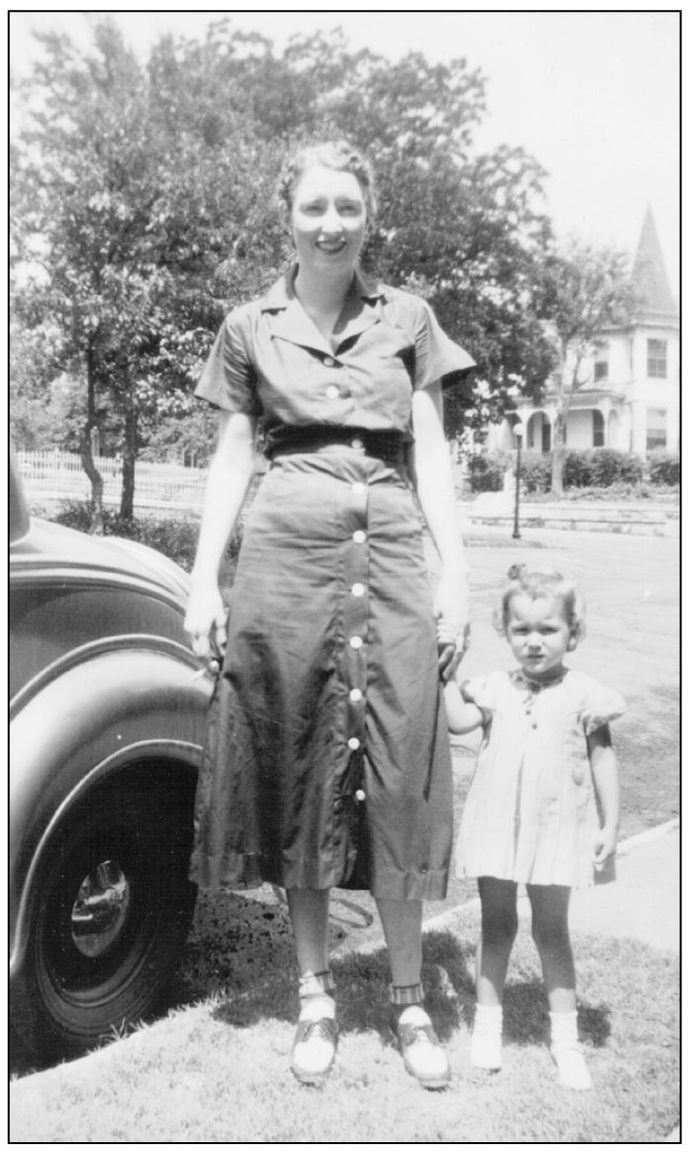
Celeste Ruth Luck, left, and a friend are pictured on West Avenue in the 1920s. The Caswell home is in the background. This is one of Austin’s most beautifully restored homes. It was owned by D.H. Caswell, who came to Austin from Nashville. He was president of the Austin Oil Manufacturing Company, which started in 1891.
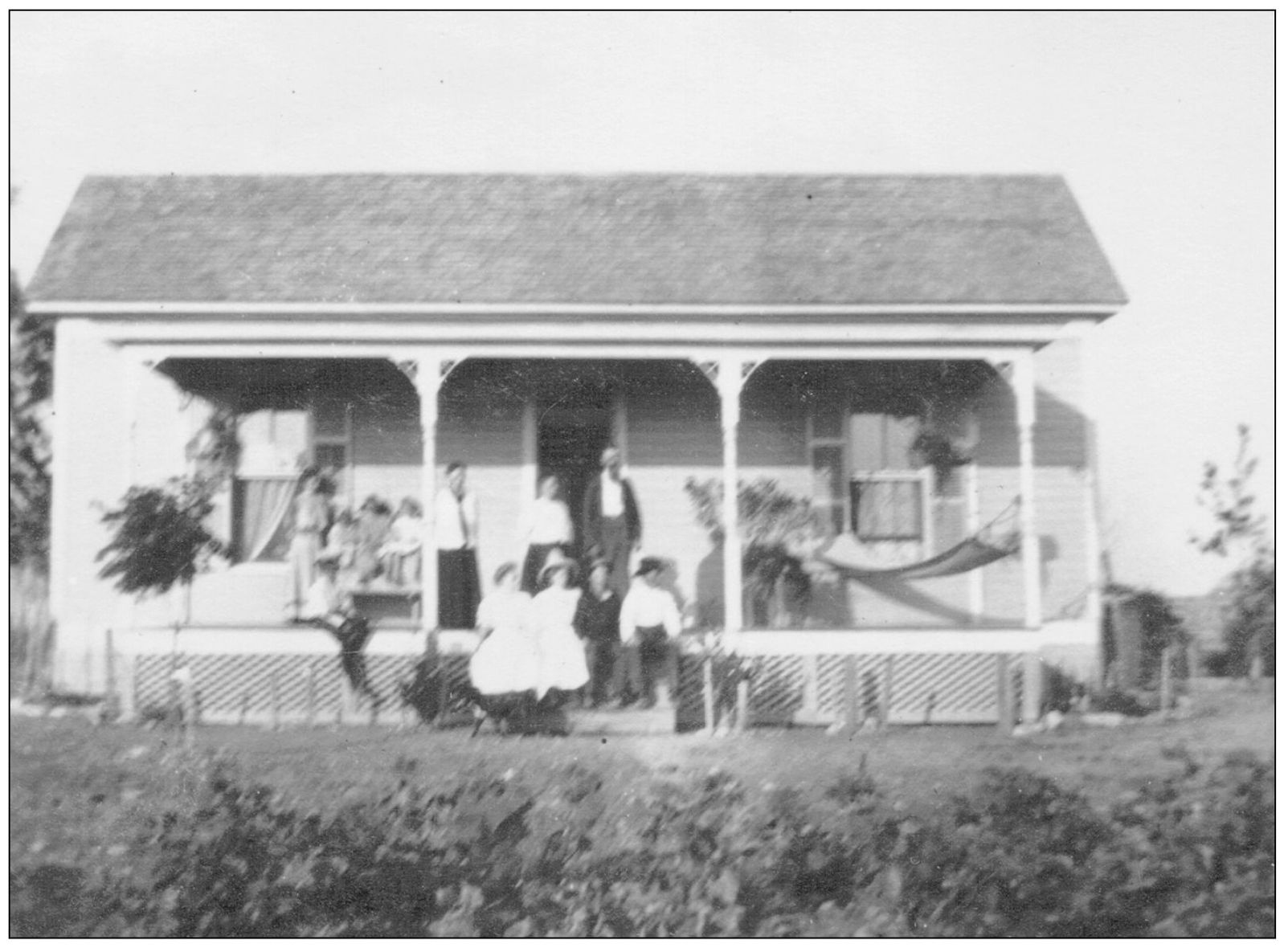
This is the Peterson farmhouse in rural Travis county.